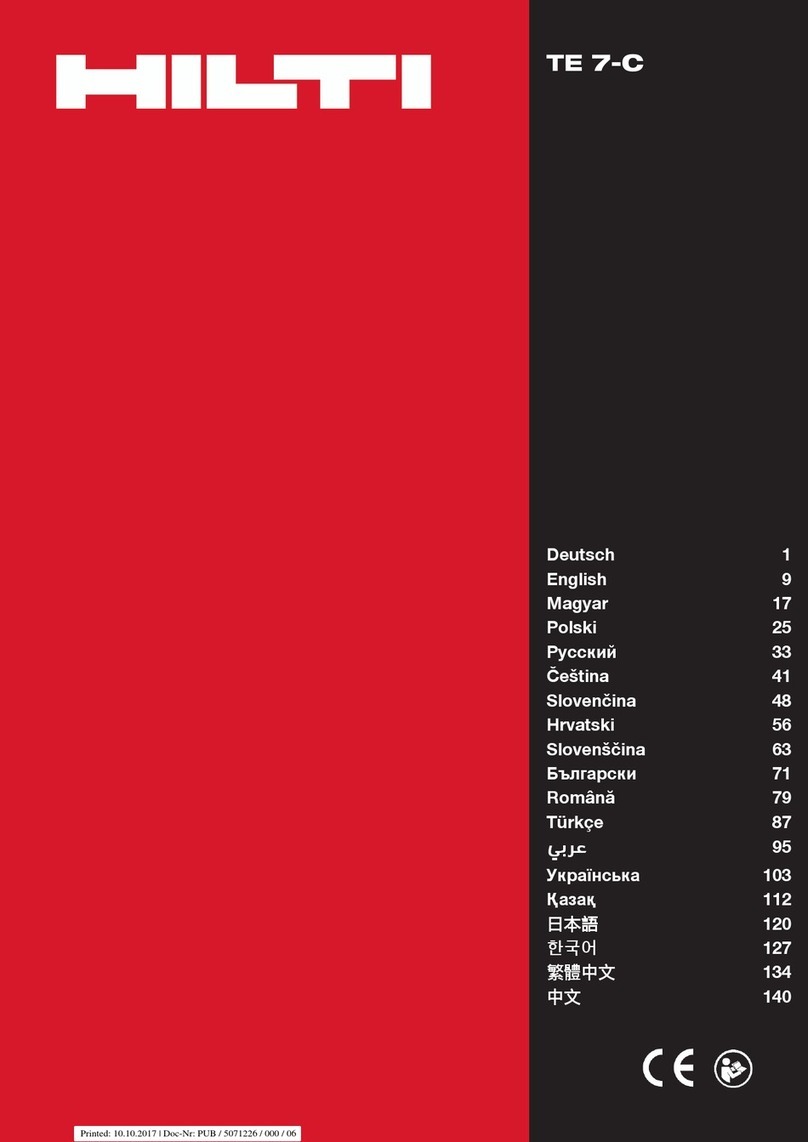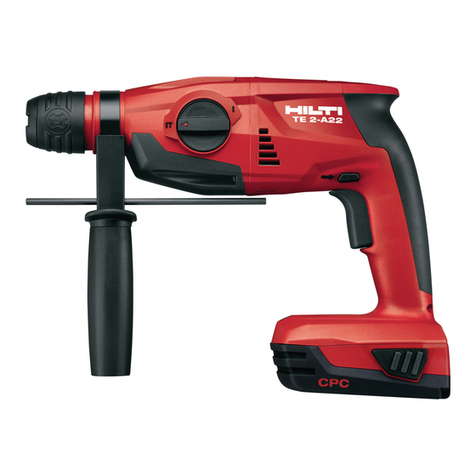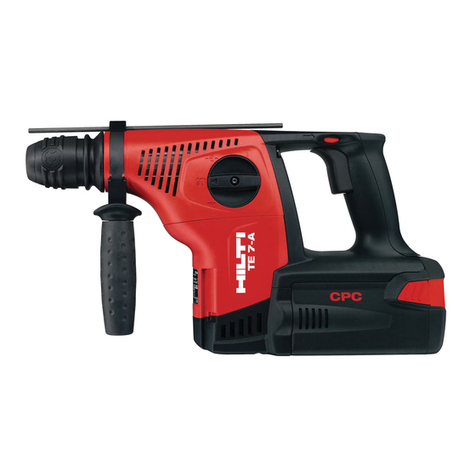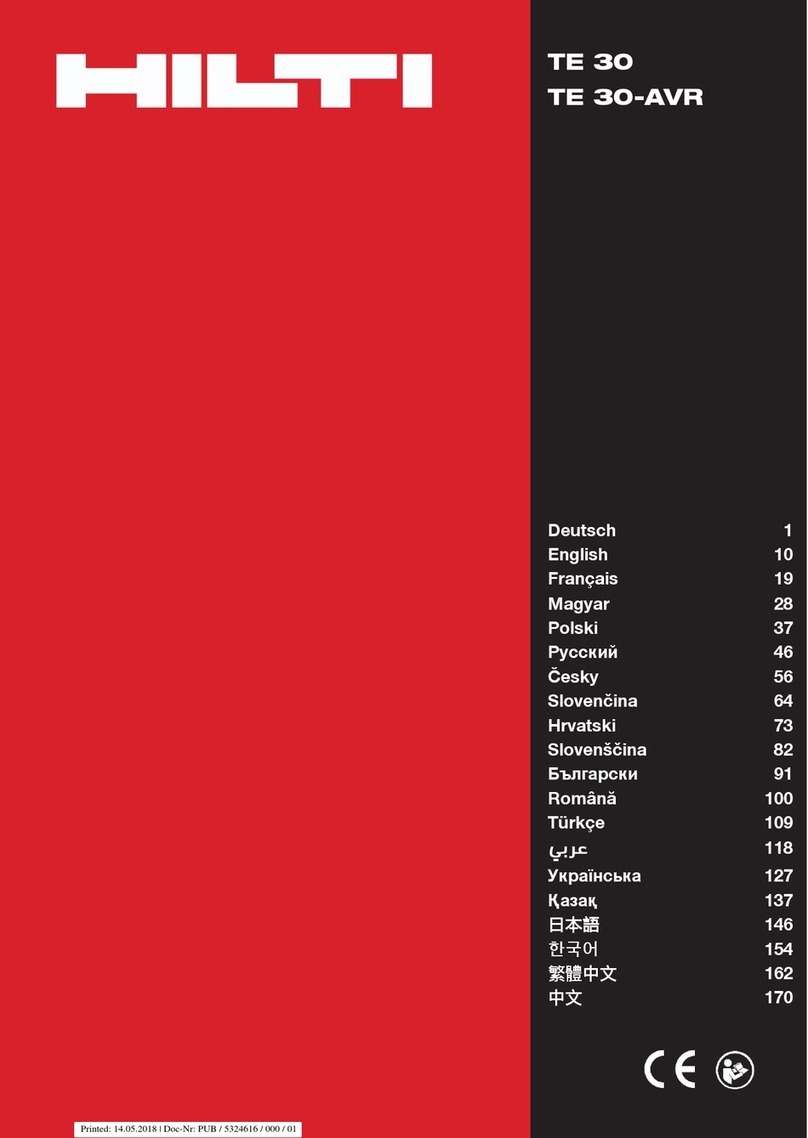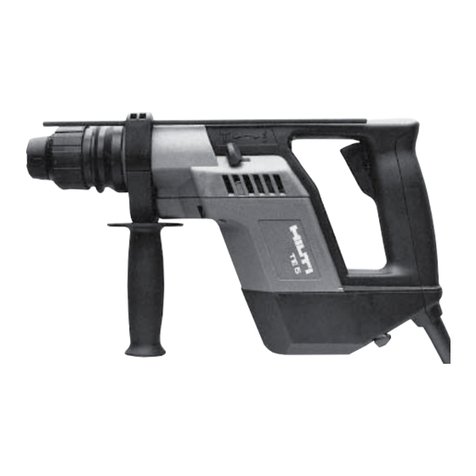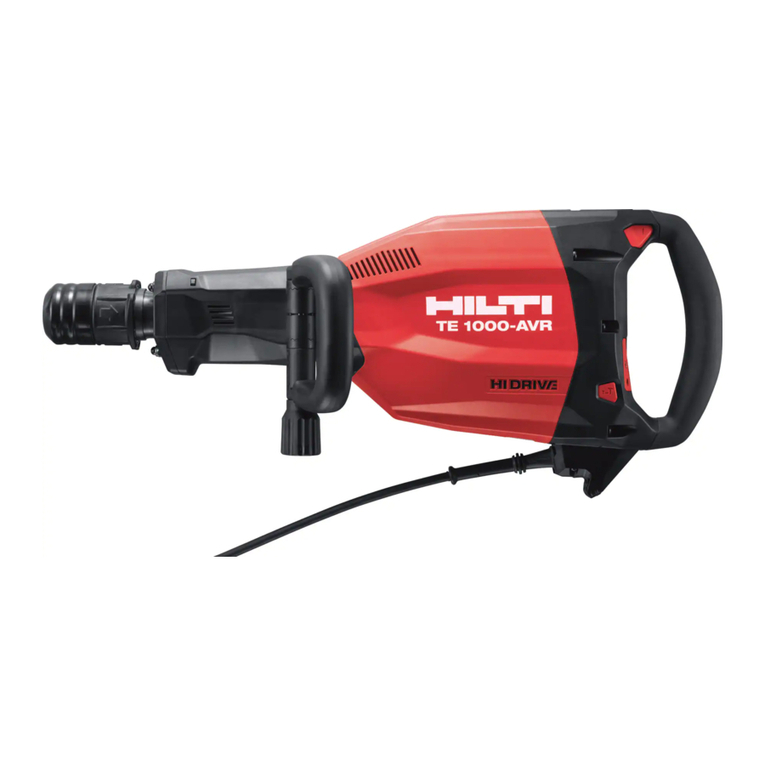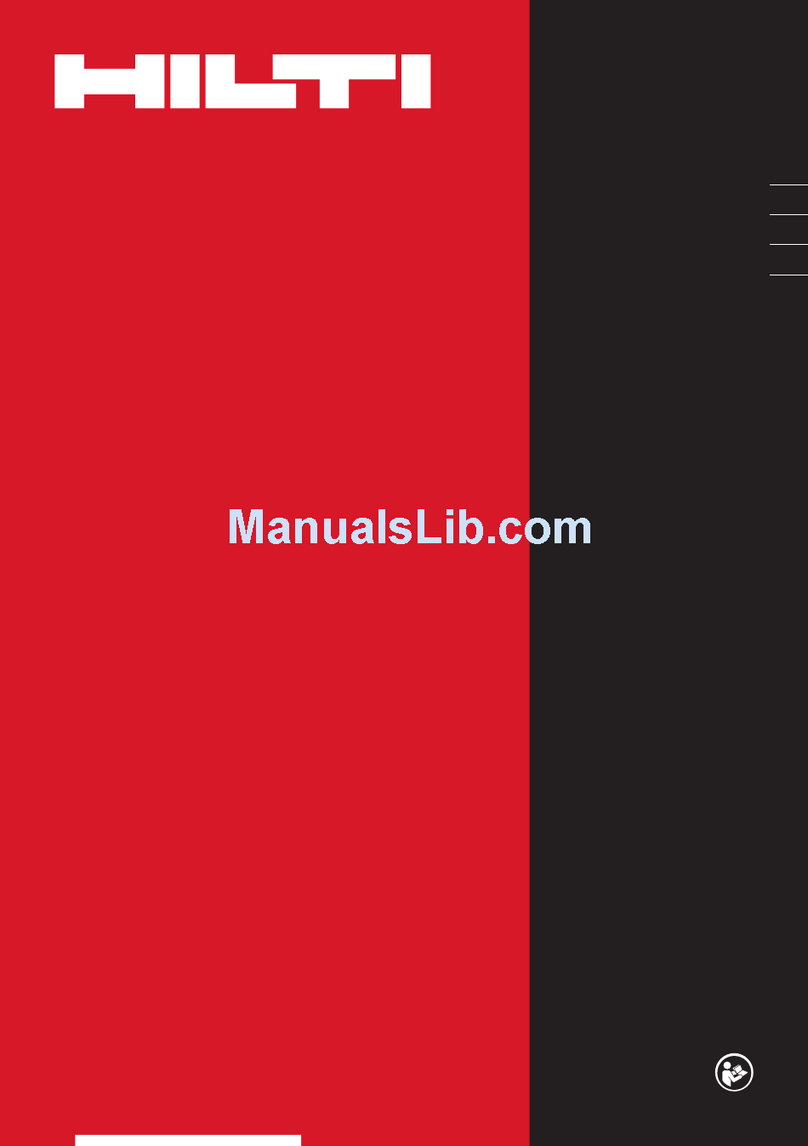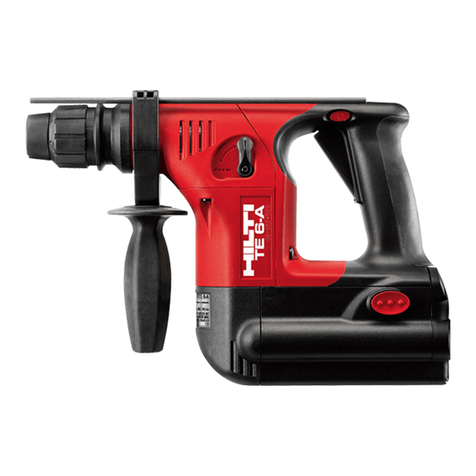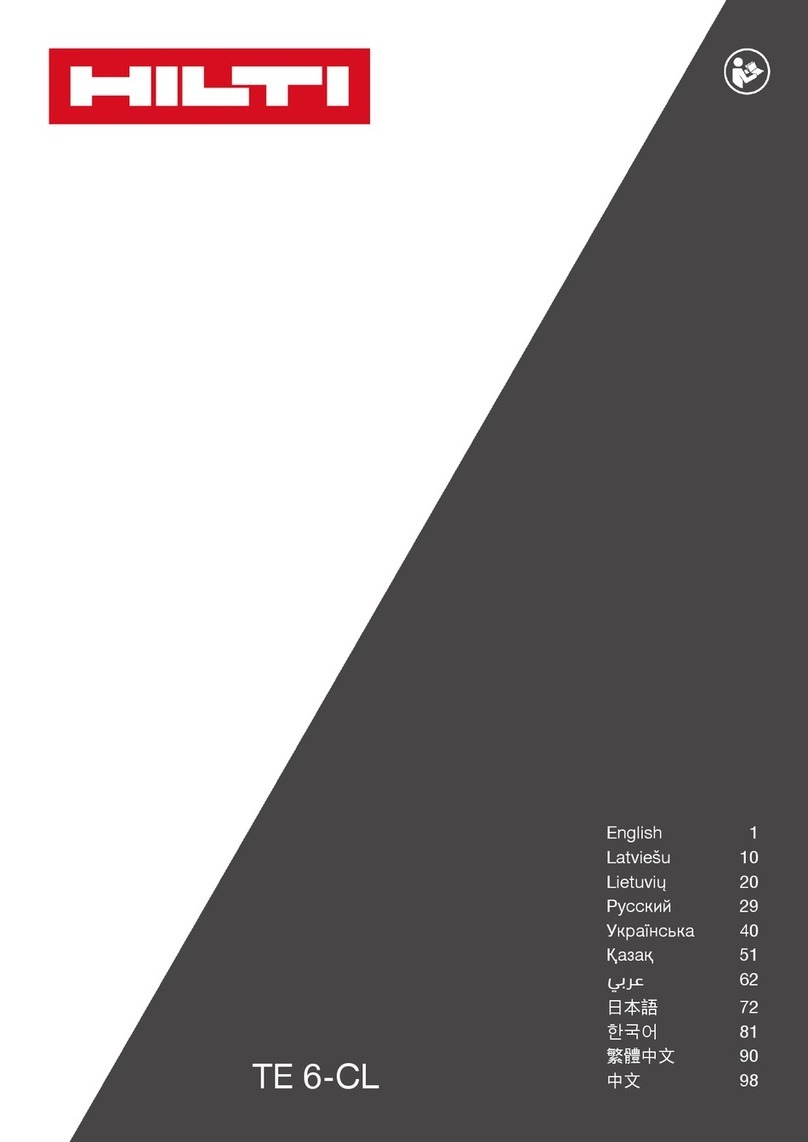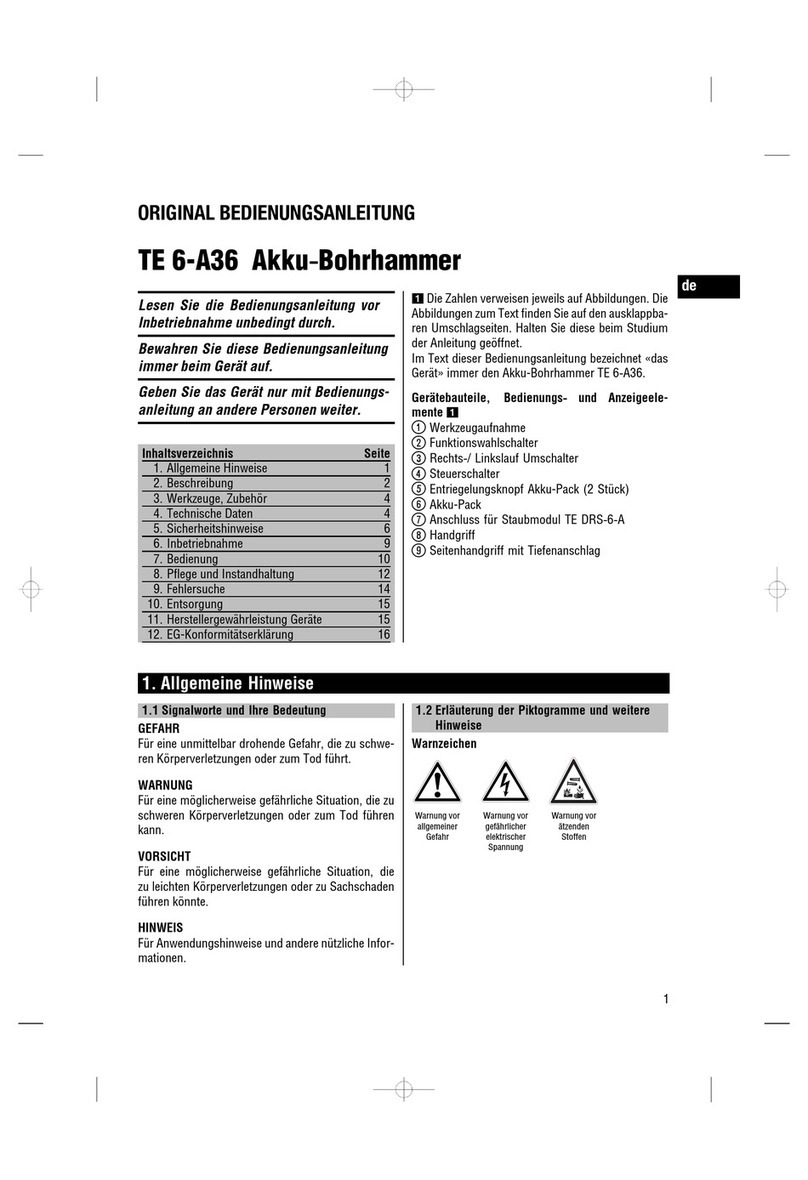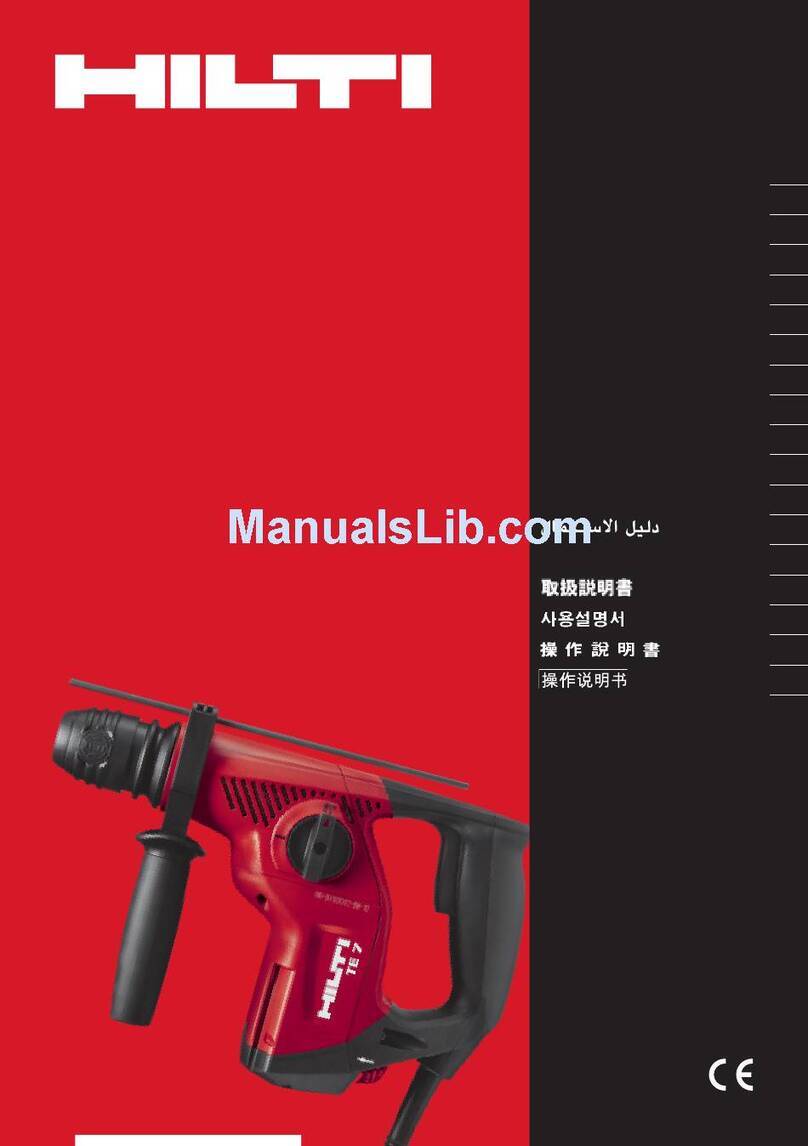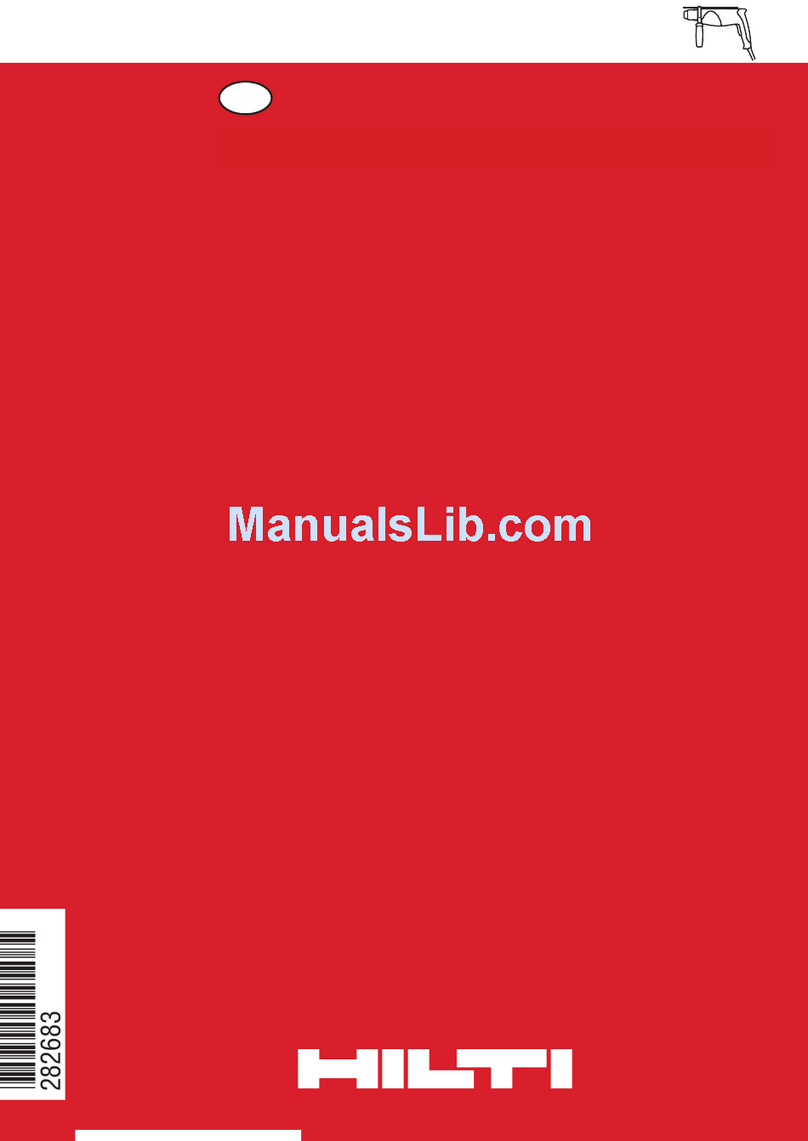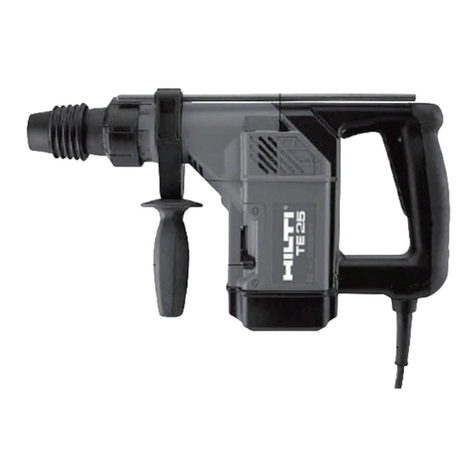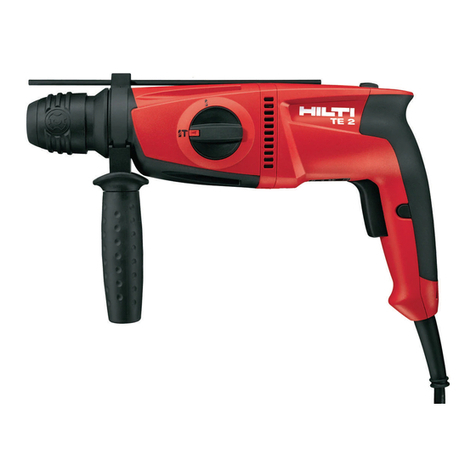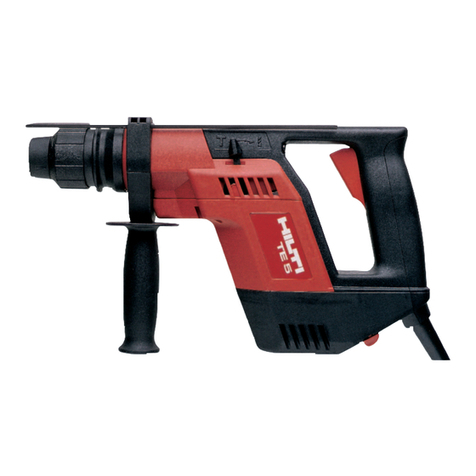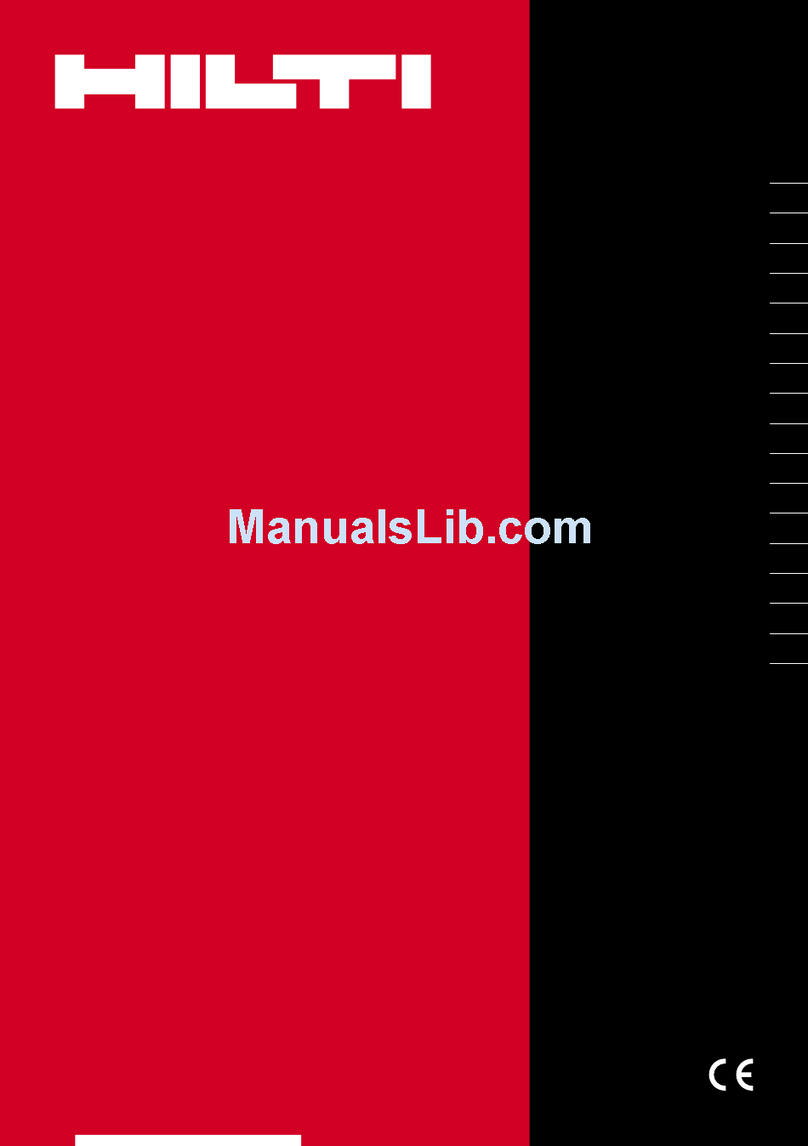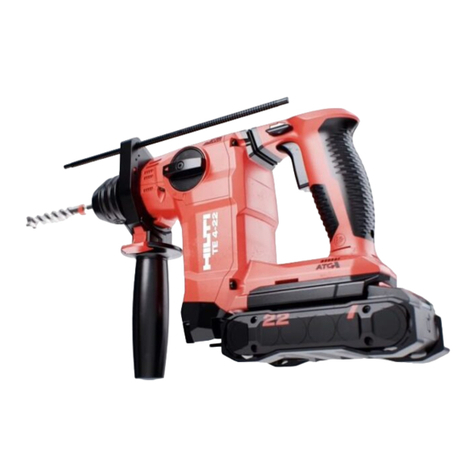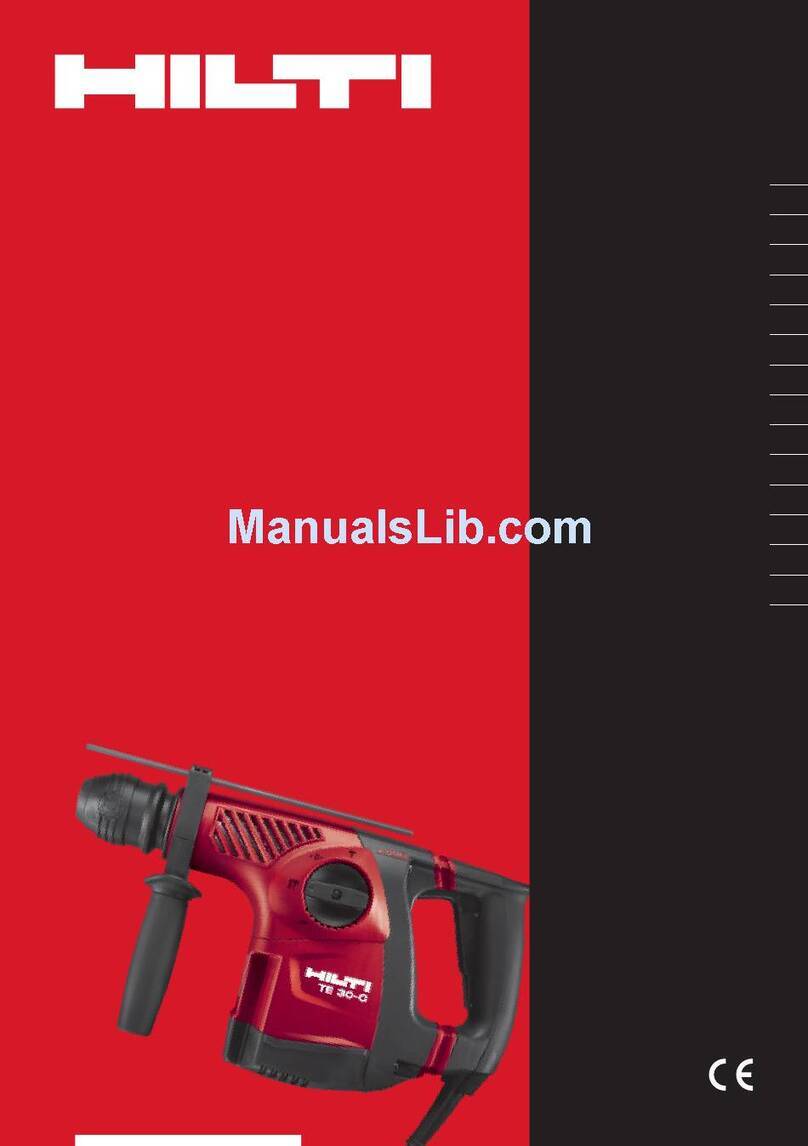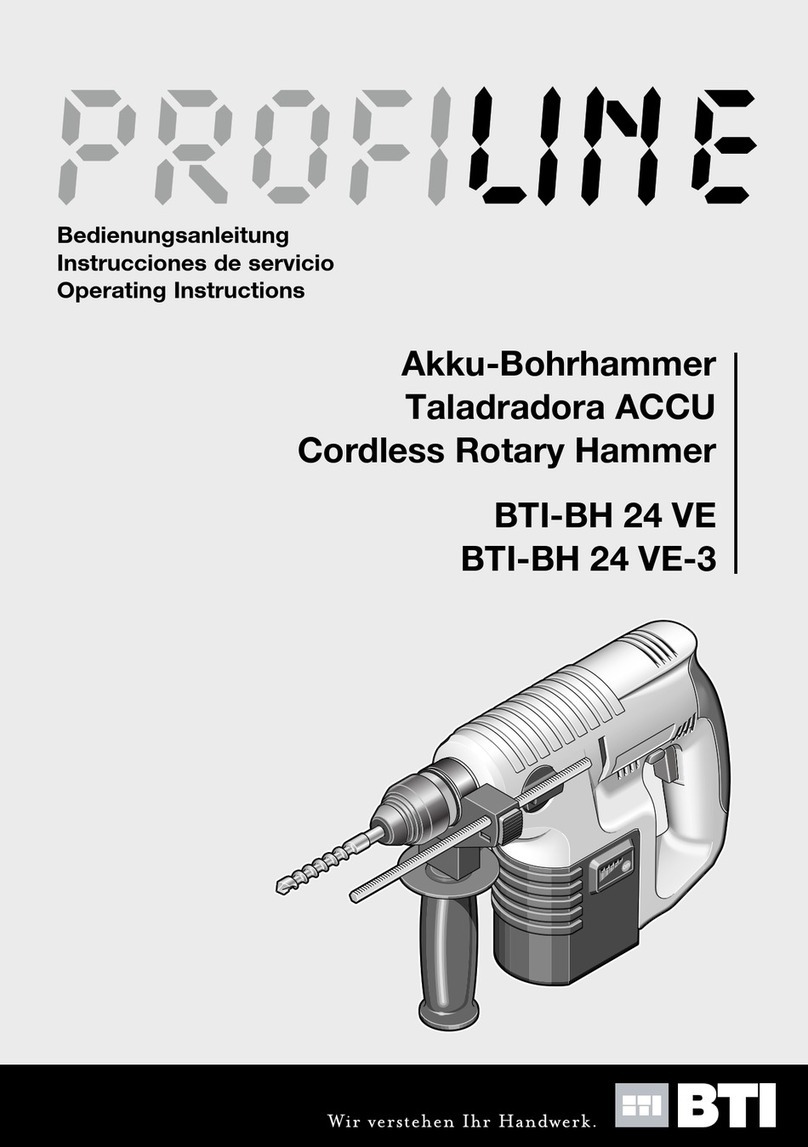Safety Rules
1. Keep Work area clean
Cluttered areas and benches
invite accidents.
2. Avoid dangerous
environment
Don't expose power tools to
rain. Don't use power tools in
damp or wet locations. Keep
work area well lit.
3. Keep children away
All visitors should be kept safe
distance from work area.
4. Store idle tools
When not in use, tools should
be stored in dry, high, or locked
- up place - out of reach of
children.
5. Don't force tool
It will do the iob better and
safer at the rate for which it
was designed.
6. Use right tool
Don't force a small lool or
attachment to do the job of a
heavy-duty tool.
7. Wear proper apparel
No loose clothing or jewelry to
get caught in moving parts.
Rubber gloves and footwear
are recommended when
working outdoors.
8. Use satety glasses
Use safety glasses with most
tools. Also face or dust mask if
cutting operation is dusty,
9. Don't abuse cord
Never carry tool by cord or
yank it to disconnect from
receptacle. Keep cord from
heat, oil and sharp edges.
10. Secure work
Use clamps or a vise to hold
work. lt's safer than using your
hand and it frees both hands to
ooerate tool.
11. Don't overreach
Keep proper footing and bar-
ance at all times.
12. Maintain tools with care
Keep tools sharp and clean for
best and salest per{ormance.
Follow instructions for lubri-
cating and changing
accessories.
13. Disconnect tools
When not in use; before
servicing; when changing
accessories such as blades.
bits, wheels, cutters, etc.
14. Remove adjusting keys
and wrenches
Form a habit of checking to
see that keys and adjusting
wrenches are removed from
tool before turning it on.
15. Avoid accidental starting
Don't carry plugged-in tool with
finger on switch. Be sure switch
is off when plugging in.
16. Servicing
When servicing use only
identical reolacement oarts
't7. Outdoor Use Extension
Cords
When tool is used outdoors,
use only extension cords
marked "Suitable for use with
outdoor appliances - store
indoors when not in use".
18. Wear Ear Protectors
Wear ear orotectors when
using for extended periods.
19. The use of other than
Hilti accessories may be
hazardous or result in
damage to the tool.
Grounding
This tool should be grounded
while in use to protect the
ooerator from electric shock.
The tool is equipped with an
approved three-conductor
cord and three-prong
grounding type plug to fit the
proper grounding type
receptacle (figure A). The
green (or green and yellow)
conductor in the cord is the
grounding wire. Never
connect the green (or green
and yellow) wire to a live
terminal. An adaptor (figure
B) is available for connecting
the plug to a two prong
receptacle. The green-colored
rigid "ear" or lug extending
from the adaotor must be
connected to a oermanent
ground (such as to a properly
grounded outlet box).
Fig. B
Grou nding
blade
Adapter
Grou ndgd
outlet box
Fig. AGrou nded
outl€t box
Nn
4N ;@N
Grounding
blade Grounding blade is longest of the 3 blades


